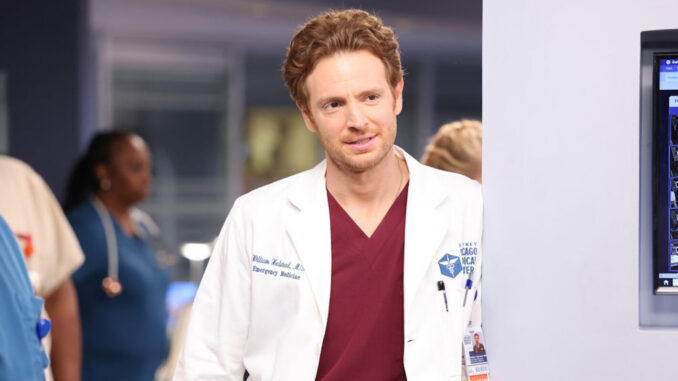
The stage was set with a minimalist elegance that bespoke the man it honored: a solitary lectern, a backdrop screen displaying a stark, geometric motif, and the subtle hum of a thousand expectant whispers. For decades, Elias Gehlfuss had been the architect of whispers himself – a luminary in urban planning whose blueprints shaped skylines and communities from behind the curtain of conference rooms and obscure academic journals. Tonight, however, was different. Tonight, Gehlfuss, now a septuagenarian with a shock of silver hair and eyes that held the wisdom of countless city grids, was stepping into the blinding glare of a public spotlight for a “special appearance” that had been teased for weeks, its content cloaked in tantalizing secrecy.
The anticipation in the grand auditorium was palpable, a collective breath held in reverence. Gehlfuss was not a showman; his genius lay in meticulous detail, in the subtle alchemy of steel and green space, in the choreography of human movement within concrete canyons. His very presence on this stage, bathed in the cool wash of spotlights, was an event in itself. When he finally walked out, a slight tremor in his gait but an unwavering resolve in his gaze, a thunderous ovation erupted, quickly receding into a hushed reverence as he approached the lectern. He didn’t begin with platitudes or pleasantries. Instead, with a voice that was gravelly but resonant, he simply projected a single, stark acronym onto the screen behind him: md07.
“For fifty years,” Gehlfuss began, his voice cutting through the silence, “I have grappled with the soul of the city. I’ve seen it suffocated by sprawl, fractured by division, and dehumanized by the relentless march of profit over people. md07, which stands for ‘Manifesto for Dynamic Urbanism, iteration 07,’ is not merely a project code. It is the culmination of those five decades of grappling, of dreaming, of calculating – a distillation of what our cities could be, rather than what they too often are.” He then unveiled the core tenets of md07: a radical vision for a self-sustaining urban ecosystem, where biophilic design wasn’t an afterthought but the very fabric; where public transportation flowed like arteries, free and accessible; where community spaces were not decorative squares but vibrant nuclei of cultural exchange; and where every building was designed with a fifteen-year life cycle, allowing for organic evolution and adaptation.
His “special appearance” wasn’t a retrospective; it was a prophecy. Gehlfuss spoke of cities that breathed, that learned, that healed. He showcased intricate schematics, not of monolithic towers, but of interwoven layers: underground logistics to eliminate street-level traffic, vertical farms feeding local populations, modular housing units that could expand or contract with demographic shifts. The md07 wasn’t just a physical plan; it was a philosophical framework for urban living, advocating for a return to human scale, to shared ownership, to a profound respect for the natural world embedded within the built environment. He concluded not with a plea, but with a challenge, his eyes scanning the faces in the audience – the young architects, the city council members, the venture capitalists, the disillusioned citizens. “This is not my legacy,” he declared, his voice rising with a quiet passion. “This is a blueprint for our future. The question is, are we brave enough to build it?”
And so, “What’s Next” became not just a question, but a collective burden and an exhilarating opportunity. Gehlfuss, having discharged his life’s work onto the public consciousness, retreated from the stage, leaving behind not just a presentation, but a reverberating call to action. The immediate aftermath was a flurry of debate, of analysis, of fervent discussion in the halls and across digital platforms. md07 instantly became the nexus of urban discourse, lauded as visionary by some, dismissed as utopian by others. But undeniably, the seed had been planted.
What’s next for md07 is its journey from theory to tangible reality. Universities will dissect its principles, architectural firms will adapt its methodologies, and city planners will grapple with its implications. The challenge lies in translating Gehlfuss’s idealistic vision into the messy, often compromised world of politics, economics, and human nature. Will city councils embrace the radical shift in infrastructure required? Will developers prioritize long-term sustainability over short-term profits? Will citizens be willing to reimagine their relationship with their urban spaces?
For Gehlfuss himself, “what’s next” is likely a return to the quiet life, albeit one punctuated by the burgeoning conversation his manifesto has ignited. He has passed the torch, not just to a select few, but to an entire generation of urbanists. His special appearance wasn’t a retirement speech but a grand, public bequeathal. The true measure of md07’s impact won’t be in the initial applause or the subsequent media buzz, but in the slow, painstaking, and hopefully transformative work of those who dare to pick up his blueprint and begin to build. The future, in the wake of Gehlfuss’s bold unveiling, is a landscape of possibility, waiting to be sculpted by the enduring echo of md07.
